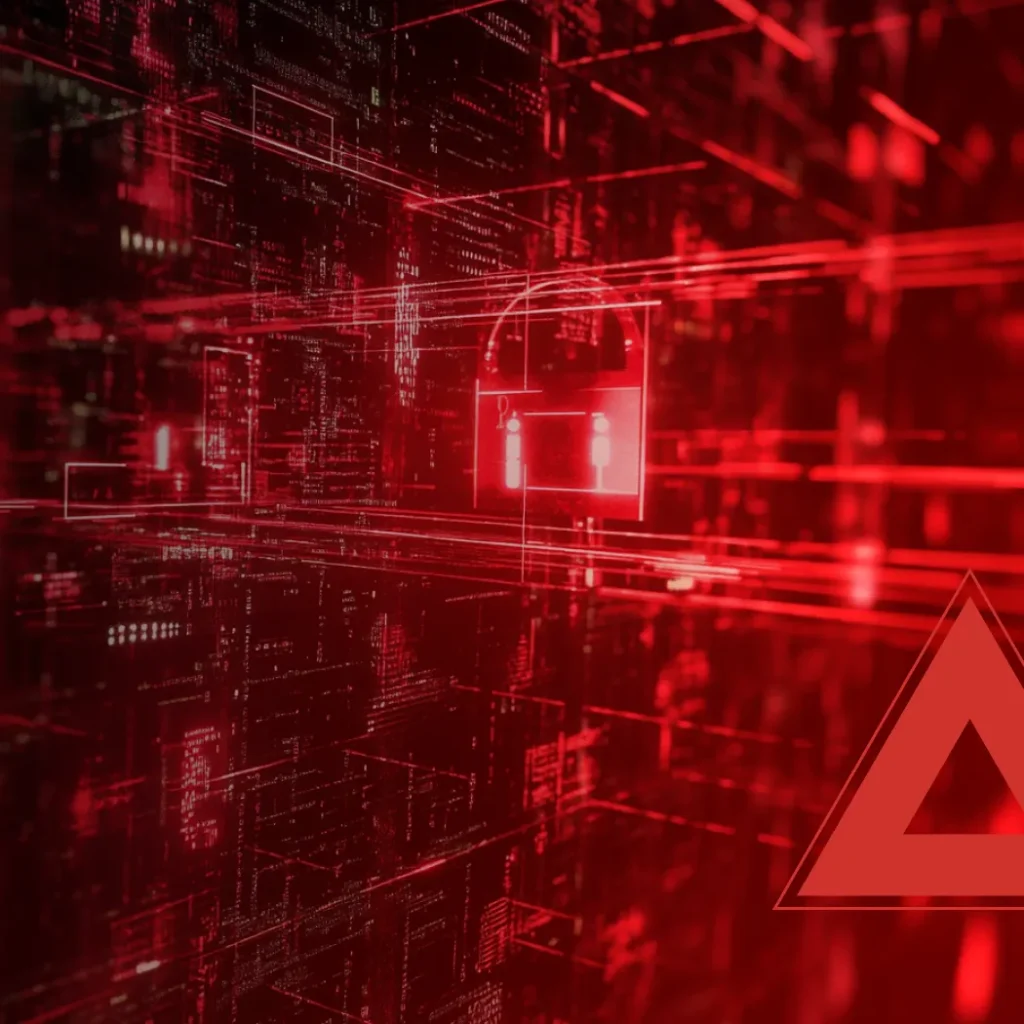As a Managed Security Service Provider (MSSP), you know that waiting until a cyber attacker is in your client’s network before attempting to neutralize them is too late. In today’s world of sophisticated cyber attacks, often sponsored by nation-states, being reactive is not an option. Instead, you need to take the fight to the attackers, identifying who they are and what they plan to do before they have the chance. The ability to deliver threat intelligence for MSSPs is a must-have.
Threat intelligence powered by deception is the most effective way to meet cyber attackers where they are and gather the data needed for successful incident response. If you’re not already using deception technology, it’s something you should consider implementing for your customers as soon as possible.
In this blog, we’ll explain how deception-powered threat intelligence works, how it integrates with your current cybersecurity setup, and why, as an MSSP, CounterCraft’s solution should be your first choice to protect your clients’ critical IT infrastructure.
Understanding Deception-Powered Threat Intelligence
There are three common types of threat intelligence organizations use to understand the cyber threats they face:
- Strategic: Analyzing patterns and identifying trends in the cyber risk landscape, allowing leaders to plan a proactive cybersecurity approach.
- Tactical: Actionable intelligence that cybersecurity teams need to focus on immediately to safeguard essential services.
- Operational: Data on how cyber attackers operate, including tactics, techniques, and procedures (TTPs) that allow organizations to anticipate potential future attacks.
While you may be utilizing different threat intelligence sources to cover these bases, threat intelligence powered by deception combines all three types, delivering strategic, actionable intelligence that network security teams can rely on.
How it works: Deception technology creates a digital twin of your client’s network, running parallel to the actual network. It drops a trail of breadcrumbs to lure potential cyber attackers in. Attackers enter the replica network and go about their malicious activities, thinking they’re in the real network. Meanwhile, the deception technology monitors their activity, allowing you to predict their next moves.
The moment an attacker interacts with the decoy, the technology generates an alert. For network security teams often wasting time on false positives, an alert from deception-powered threat intelligence is immediate, relevant, and evidence of genuine malicious activity.
Benefits of Deception-Powered Threat Intelligence
When you use deception to generate threat intelligence alongside conventional methods, you gain several benefits:
- Early threat detection: Identify attackers and their actions before they infiltrate the network.
- No false positives: Alerts generated by deception technology are clear evidence of a cyber attack.
- Threat analysis: Analyze real cyber attackers’ actions in the digital twin to spot and fix vulnerabilities.
- Faster incident response: Detect threats early and neutralize attacks before they severely damage the IT environment.
Integrating Deception-Powered Threat Intelligence
CounterCraft’s platform is designed to integrate seamlessly with your existing tech stack, whether it’s network security, cloud security, or anything else. It supports all popular SIEMs and SOARs, allowing you to be up and running in minutes rather than weeks.
Best Practices for Seamless Integration
To integrate deception technology with minimal disruption:
1. Define objectives: Map out the integration you want to create.
2. Add to SIEM: Integrate the deception solution with your current SIEM so the generated threat intelligence appears with the rest of your alerts.
3. Cloud integration: If your security stack is cloud-based, there’s no need to plug into internal network equipment.
Collaboration Between Security Teams
The real work happens on the human side. Security teams need to understand how deception technology works, fits into the security stack, and how to use it effectively. Key teams include:
- Threat intelligence: Design deception campaigns and analyze threat data.
- Incident response: Act on attacks in the digital twin environment.
- IT operations: Ensure the integration works well and communicates with SIEM or SOAR without being resource-heavy.
Continuous Monitoring and Evaluation
Once integrated, continually monitor the deception technology. Evaluate its effectiveness compared to previous methods by tracking:
- The number of cyber threats neutralized.
- Reduction in false positive alerts.
- Cost savings from preventing potential data breaches.
CounterCraft’s research shows that organizations save an average of $4.6 million by using our deception-based solution, detecting threats before traditional solutions, and averting costly data breaches.
Threat intelligence powered by deception is the most effective way to make your customers’ cybersecurity posture proactive, predictive, and preventive. With early detection and robust incident response, deception technology can keep your customers’ organizations running smoothly and save money.
CounterCraft makes its platform easy to set up, use, and monitor, integrating seamlessly with your existing security tech stack. All major SIEMs and SOARs are supported, and it works out of the box with minimal specialist knowledge required. Why wait? Get started with CounterCraft’s threat intelligence powered by deception technology today.
Find out more about becoming a CounterCraft MSSP Partner here: http://countercraftsec.com/mssp/

